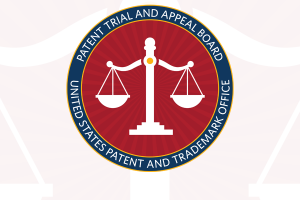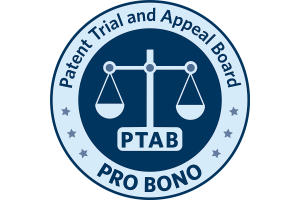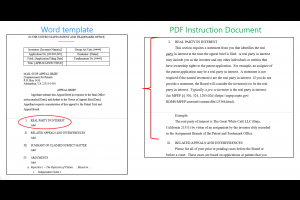中文 | Deutsch | Español | Français | हिंदी | 日本 | 한국인
Independent inventors, new practitioners, and others can explore the links below to better understand the Patent Trial and Appeal Board's (PTAB) role during and after the patenting process.
TitleWhat is PTAB?
PTAB is a tribunal within the USPTO that reviews rejections made by examiners in proceedings called ex parte appeals and decides patentability questions for issued patents raised by third parties in proceedings called AIA trials.
TitleEx parte appeals
If a patent examiner twice rejects or issues a final rejection in a patent application, the applicant can seek review of the rejection by the Board.
TitleAIA proceedings
A third party who is not the patent owner, called a petitioner, may challenge the validity of the claims in an issued patent in an AIA proceeding before the Board.




